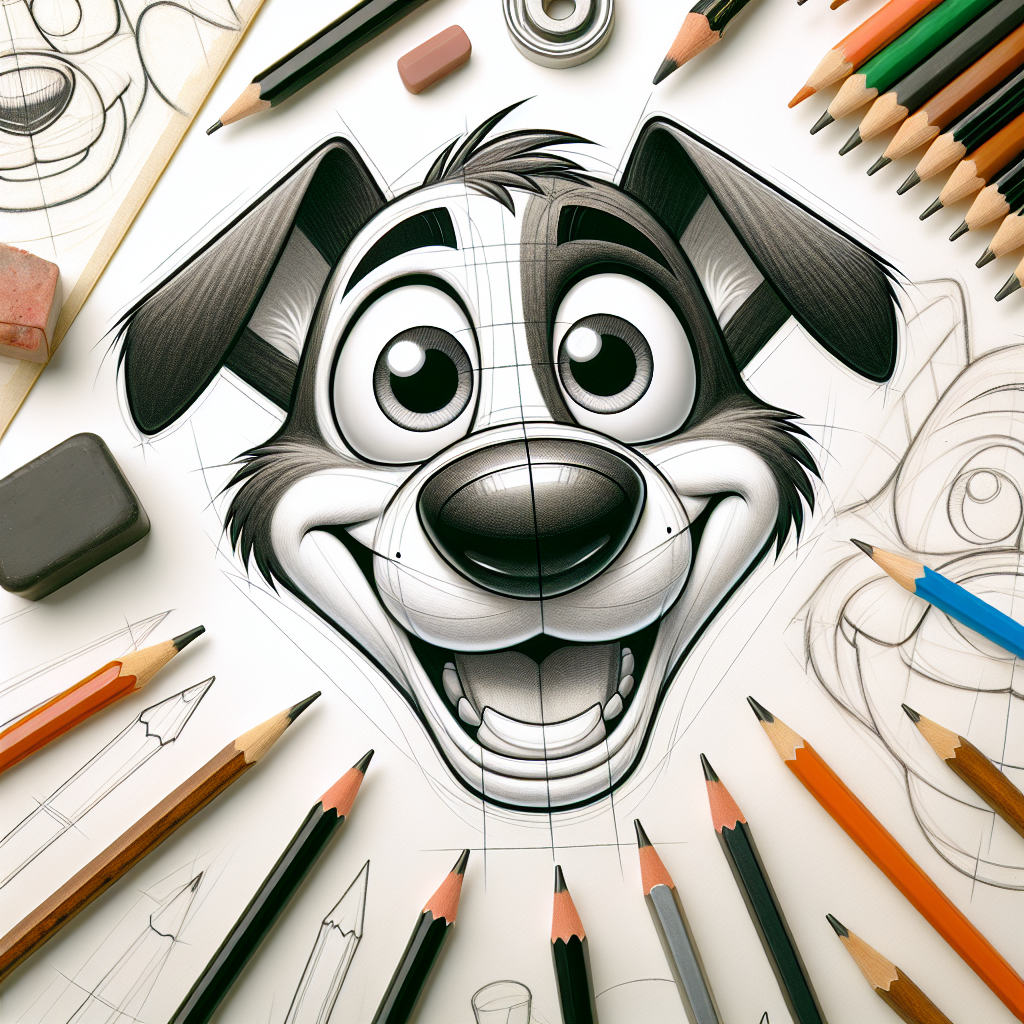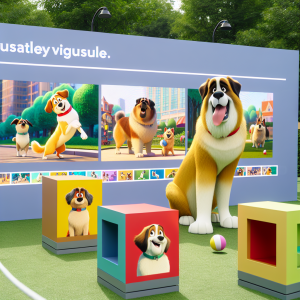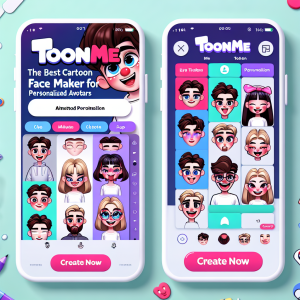Are you an aspiring artist looking to add some doggone fun to your sketches? Cartoon dog faces are a popular subject that can bring a smile to anyone’s face. From the floppy ears to the cute noses and big puppy eyes, there’s something special about capturing the essence of a lovable pooch on paper. Whether you’re a beginner or a seasoned artist, mastering the art of cartoon dog face drawing can be a rewarding and enjoyable experience. In this article, we’ll explore some tips and tricks to help you become a pro at creating adorable and expressive cartoon dog faces.
The Basics of Cartoon Dog Face Drawing
Before we jump into the tips and tricks, let’s go over the basics of cartoon dog face drawing. Start by studying the anatomy of a dog’s face – pay attention to the shape of the head, the placement of features like the eyes, nose, and mouth, and the overall proportions. Keep in mind that cartoon drawing is all about exaggeration and simplification, so don’t be afraid to get creative with your interpretation of a dog’s face. Experiment with different styles and techniques to find what works best for you.
Tip 1: Start with Simple Shapes
When sketching a cartoon dog face, it’s helpful to begin with simple shapes as a foundation. Use circles, ovals, and triangles to outline the head, ears, eyes, and nose. This will give you a sense of proportion and help you build upon your drawing with more detail and character. Remember, there’s no right or wrong way to draw a cartoon dog face – feel free to play around with different shapes and sizes until you find a style that suits your artistic vision.
Tip 2: Focus on Expressive Eyes
The eyes are often the focal point of a cartoon dog face, so make sure to give them plenty of attention. Experiment with different shapes and sizes, and play around with expressions to convey different emotions. Big, soulful eyes can make your cartoon dog look cute and endearing, while small, squinty eyes can give them a mischievous or playful look. Don’t forget to add highlights and shading to make the eyes pop and come to life.
Tip 3: Add Personality with Ears and Nose
The ears and nose are key features that can add personality and charm to your cartoon dog face. Experiment with different shapes and sizes of ears – floppy ears can make your dog look friendly and laid back, while perky ears can give them a more alert and energetic appearance. When it comes to the nose, consider adding texture and shading to create a sense of depth and realism. Play around with different styles until you find the perfect fit for your cartoon dog character.
Tip 4: Experiment with Different Styles and Techniques
Don’t be afraid to think outside the box and experiment with different styles and techniques when drawing cartoon dog faces. Try using different types of lines, strokes, and textures to create a unique and expressive look. Play around with color palettes and patterns to add depth and dimension to your drawings. The more you explore and push the boundaries of your creativity, the more you’ll be able to develop your own signature style as an artist.
Tip 5: Practice, Practice, Practice
Like any skill, mastering the art of cartoon dog face drawing takes practice and dedication. Set aside time each day to sketch and doodle, and don’t be afraid to make mistakes along the way. Every line you draw brings you one step closer to honing your craft and improving your skills. Remember, it’s okay to start small and work your way up – the key is to keep practicing and never give up on your artistic dreams.
FAQ
Q: How can I make my cartoon dog faces more expressive?
A: To make your cartoon dog faces more expressive, focus on exaggerating features like the eyes, eyebrows, and mouth. Play around with different shapes, sizes, and expressions to convey a range of emotions, from joy and excitement to sadness and surprise.
Q: What tools do I need to draw cartoon dog faces?
A: All you need to get started drawing cartoon dog faces are a pencil, eraser, and paper. If you want to add color to your drawings, consider using markers, colored pencils, or digital drawing software. Experiment with different tools to find what works best for you.
Q: How can I develop my own style as an artist?
A: Developing your own style as an artist takes time and experimentation. Don’t be afraid to try new things and push yourself out of your comfort zone. Look to other artists for inspiration, but remember to stay true to your unique vision and artistic voice. The more you practice and explore, the more your style will evolve and develop over time.
Mastering the art of cartoon dog face drawing is a fun and rewarding journey that can help you grow as an artist and unleash your creativity. Remember to have fun, keep practicing, and don’t be afraid to let your imagination run wild. With time and dedication, you’ll be able to create adorable and expressive cartoon dog faces that will bring joy to anyone who sees them.








+ There are no comments
Add yours